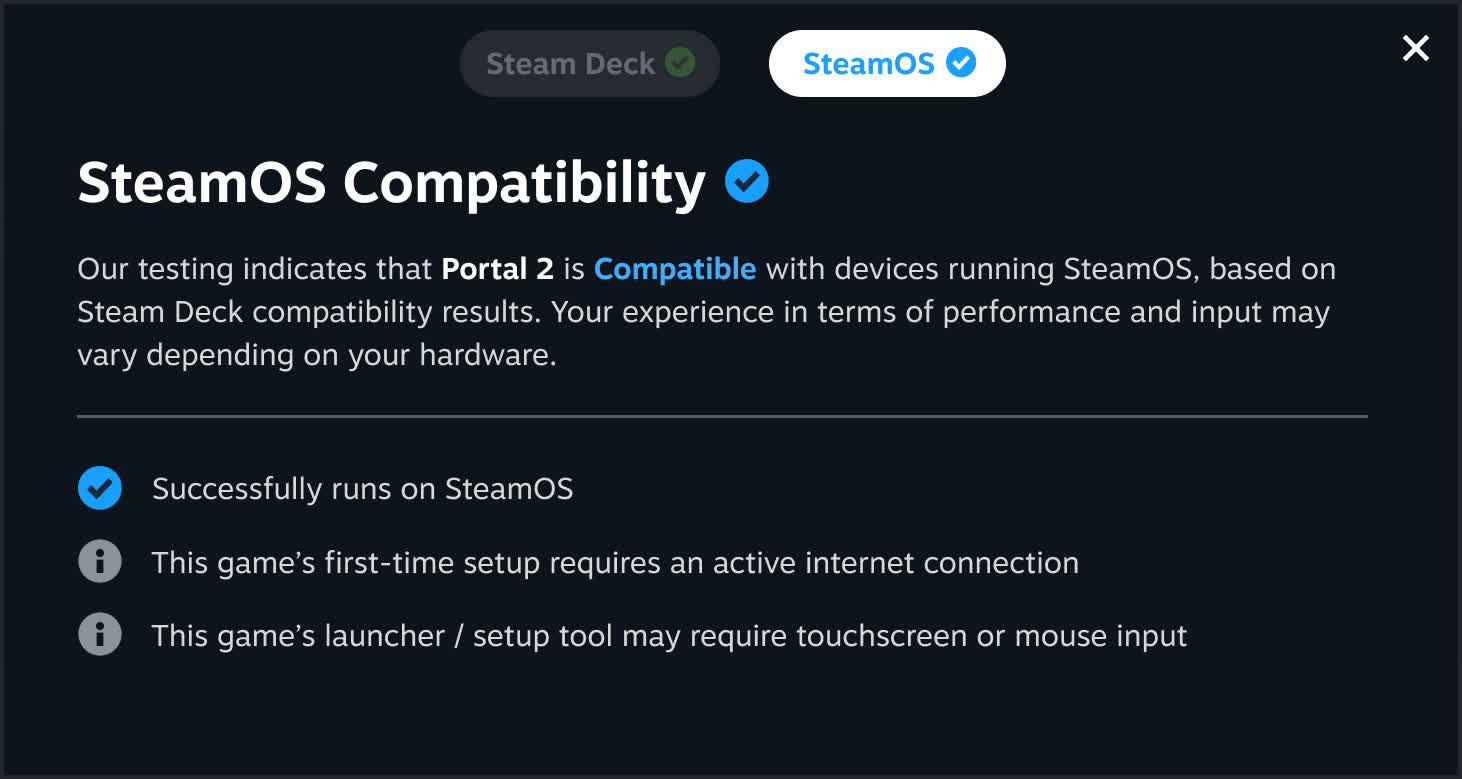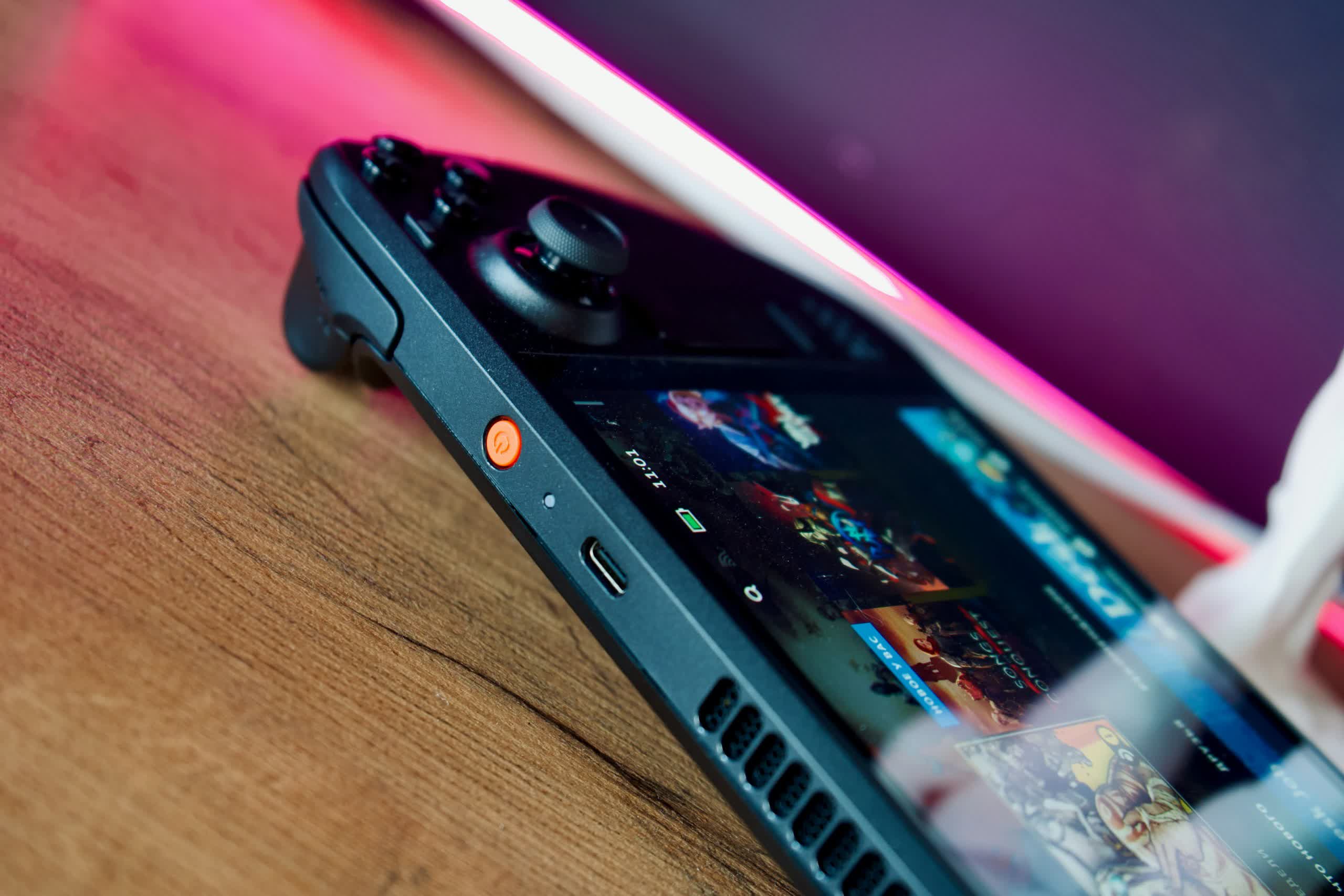Serving tech enthusiasts for over 25 years.
TechSpot means tech analysis and advice you can trust.
What just happened? Valve recently announced an alternative to the Steam Deck compatibility rating system aimed at third-party devices. The new SteamOS Compatibility labels work slightly differently but should provide users with vital information for each game as the company moves toward a general release for the gaming-focused Linux distro.
Users who install the SteamOS beta on the Lenovo Legion Go S and the Asus ROG Ally should begin seeing new compatibility ratings on Steam store pages in the coming weeks. The new labels provide basic info regarding what happens when booting a title on Valve’s Linux-based operating system.
The Steam Deck verification system is a vital component of the Steam Deck’s success, informing players which games run smoothly on the handheld gaming PC. The system is now so successful that major developers often optimize PC games to receive Valve’s green check on their Steam store pages.

On non-Steam Deck devices, a blue check will appear instead. Every Steam Deck Verified title will receive a marker saying “Successfully runs on SteamOS.” However, users should note that the label has no bearing on performance. It only confirms that a game’s engine and middleware, including anti-cheat, fully support Valve’s Proton compatibility layer.
Users will also sometimes see warnings for games that require internet connections during initial setup or include launchers that require mouse input. Valve estimates that around 18,000 titles will immediately receive SteamOS Compatibility checks when the system rolls out.
While SteamOS will eventually become available for more handheld gaming PCs, the Legion Go S is currently the only third-party device that officially supports the OS. Lenovo is set to begin offering the handheld with Valve’s OS pre-installed in the coming weeks for $150 less than the Windows 11 version.

SteamOS has been the Steam Deck’s primary advantage over Windows-based handhelds. Although devices like the ROG Ally X are more powerful, SteamOS runs many games more efficiently and is easier to navigate on a small screen with a controller.
The Linux distro could surge in popularity on other handhelds, but a general release will likely complicate per-game optimization. Speculation has also spread regarding SteamOS’ potential on desktops or other form factors and whether it can challenge Windows in the PC gaming sector.
Recent reports indicate that Valve is preparing three more SteamOS devices: a standalone VR headset slated for later this year, a true successor to the Steam Deck that lies further out, and a mysterious “Fremont” project that could be a set-top box. The headset and Fremont will port SteamOS to Arm.



